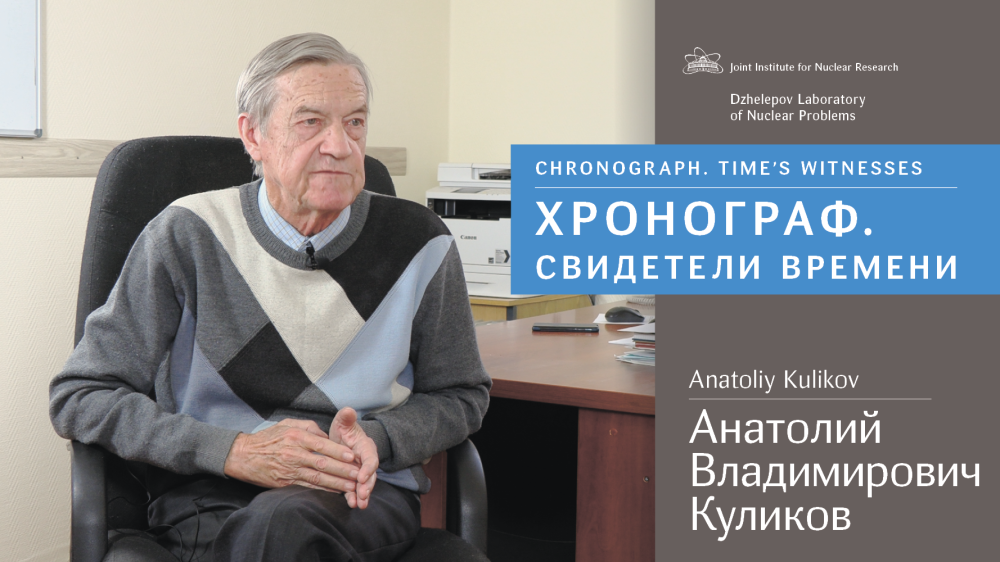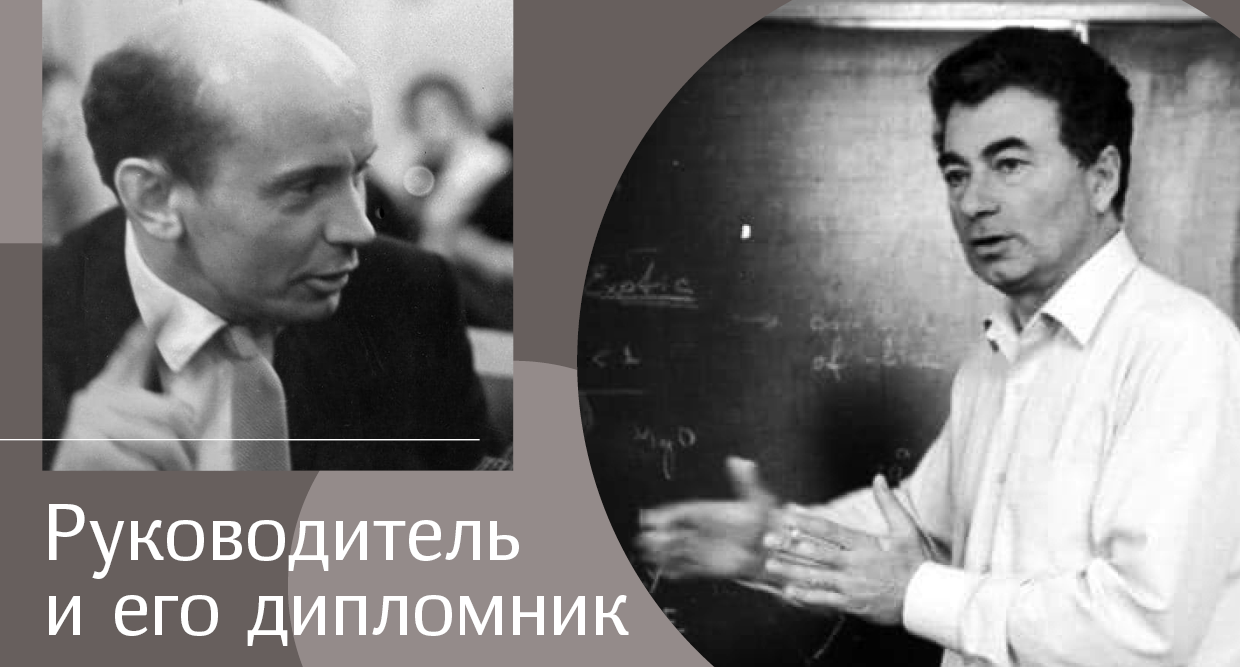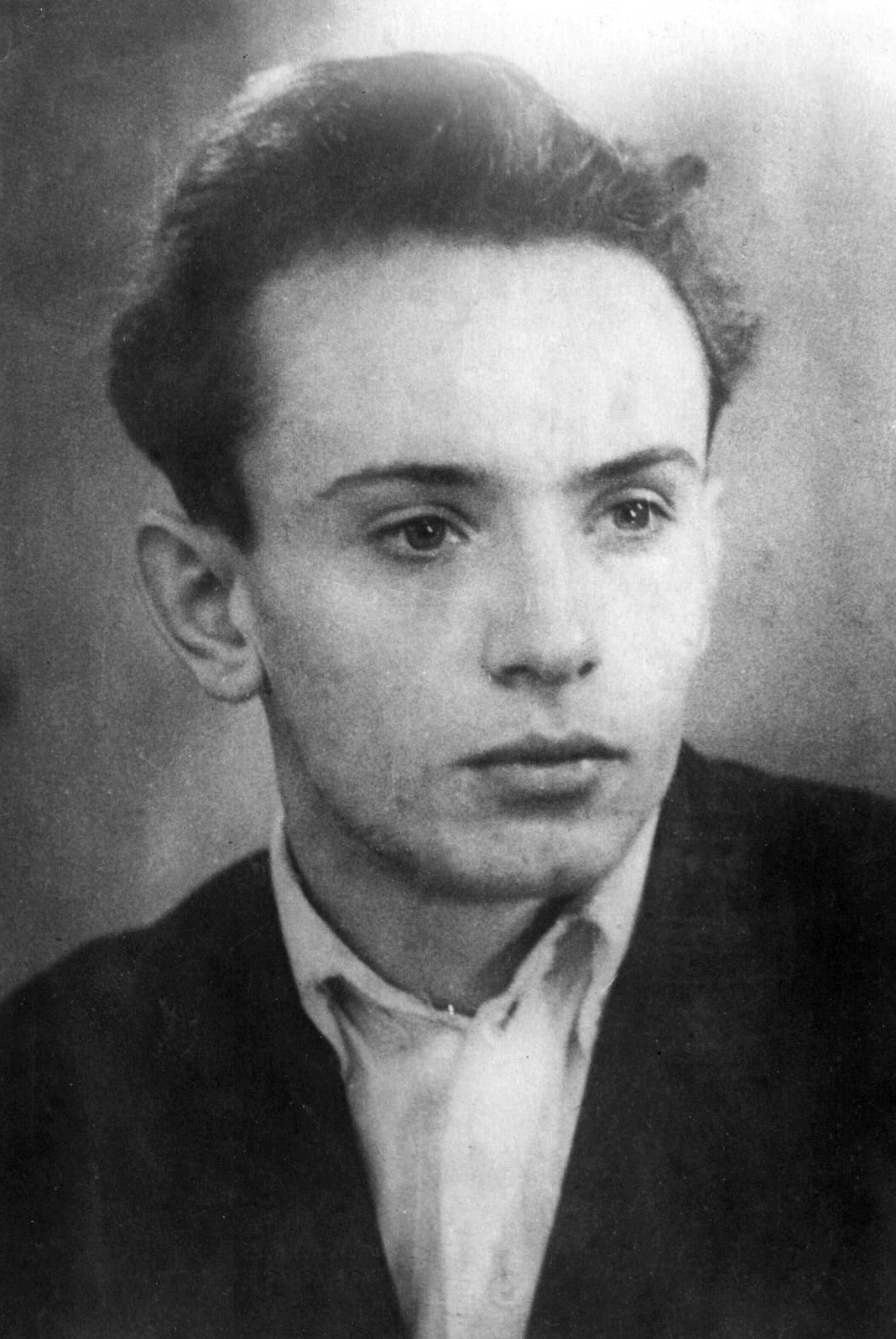Café “Neutrino”
Twenty years ago, the building of Dubna’s legendary café “Neutrino” near the railway station “Dubna” was demolished. The cafe experienced its greatest days in the far-away 1970s, but its fame was so great that it is still echoing. Even local youth and tourists can still ask, “What about that thing, the “Neutrino” café?“ Not to mention the old-timers’ nostalgia for it...


The café “Neutrino” was opened in 1968. Dubna’s local lore researchers A. V. Belyaev and A. A. Rastorguev described it in their book “The History of Dubna” in this way...
“The café had become popular at once. It attracted people by the name and quality of snacks, by seasoned wine and culture of service. Everyone was delighted to come here: from pioneers to academicians. Everything was enjoyed: bouillon cups in which the first dishes were served like in Europe and not in ordinary plates like in our domestic canteens. And tea bags with a thread ― one could have tea now sinking the tea bag into the brewing drink, now pulling it out. And bottles with curdled milk were small and not like those everywhere, half a litre in a go. The fame of “Neutrino” quickly spread beyond the town. The protagonist of the novel “Wedding march” by Yuri Medvedev thinks of a trip to Dubna only to enjoy a meal in the “Neutrino” café. The first youth club in the town was initiated in the “Neutrino” café, and later, there were several attempts to restart the club. On 15 February 1969, its first founding meeting was held there. The crucial question was discussed ― where would be the main focus of the club? On discussions of different contemporary topics or dancing? The golden mean was chosen: it would be jazz! And the first club meeting was supported by the jazz band of Boris Getmanov, an LTP post-graduate student. The blues of Parker, “A Night in Tunisia” of Gillespie and “The Man I Love” of Gershwin were performed then. Many things happened at that meeting. And later even more. It was a really great time.”
We would like to add to this description a photograph from the archive of the Museum-Study of Bruno Pontecorvo where the academicians Bruno Maximovich Pontecorvo and Georgy Nikolaevich Flerov are attending a meeting of that youth club.





